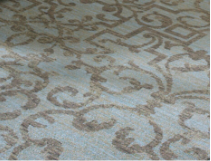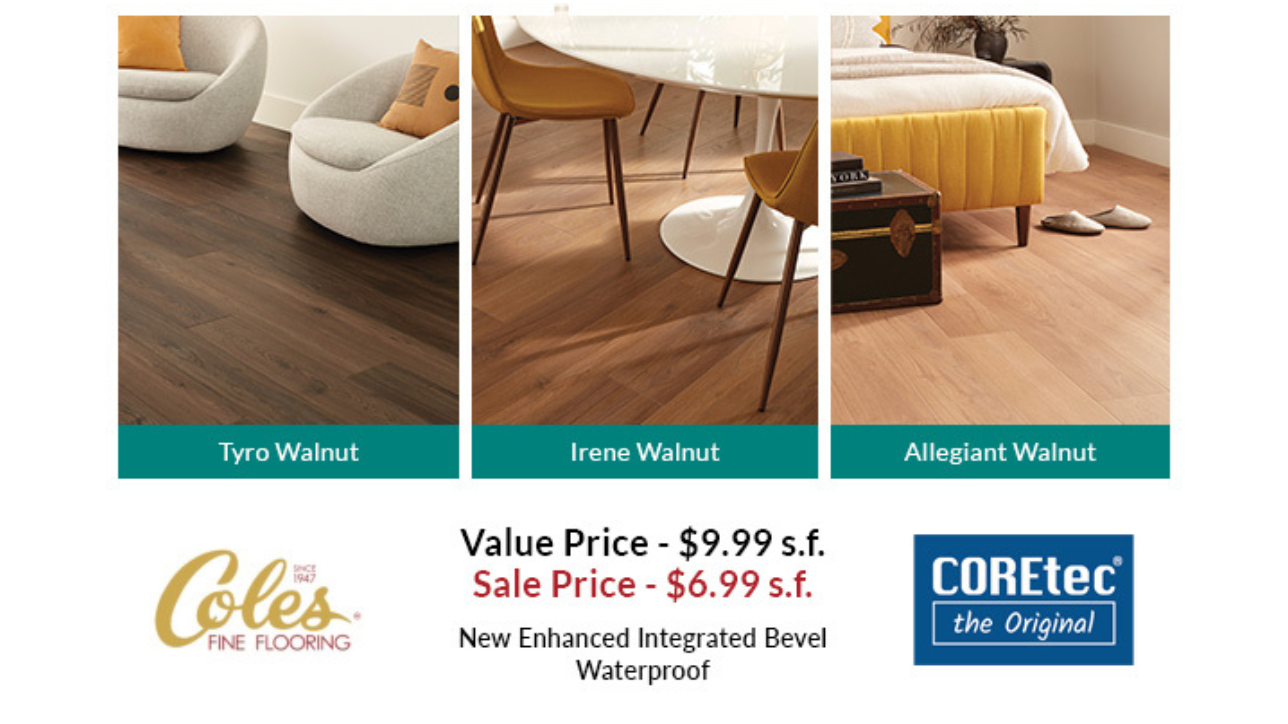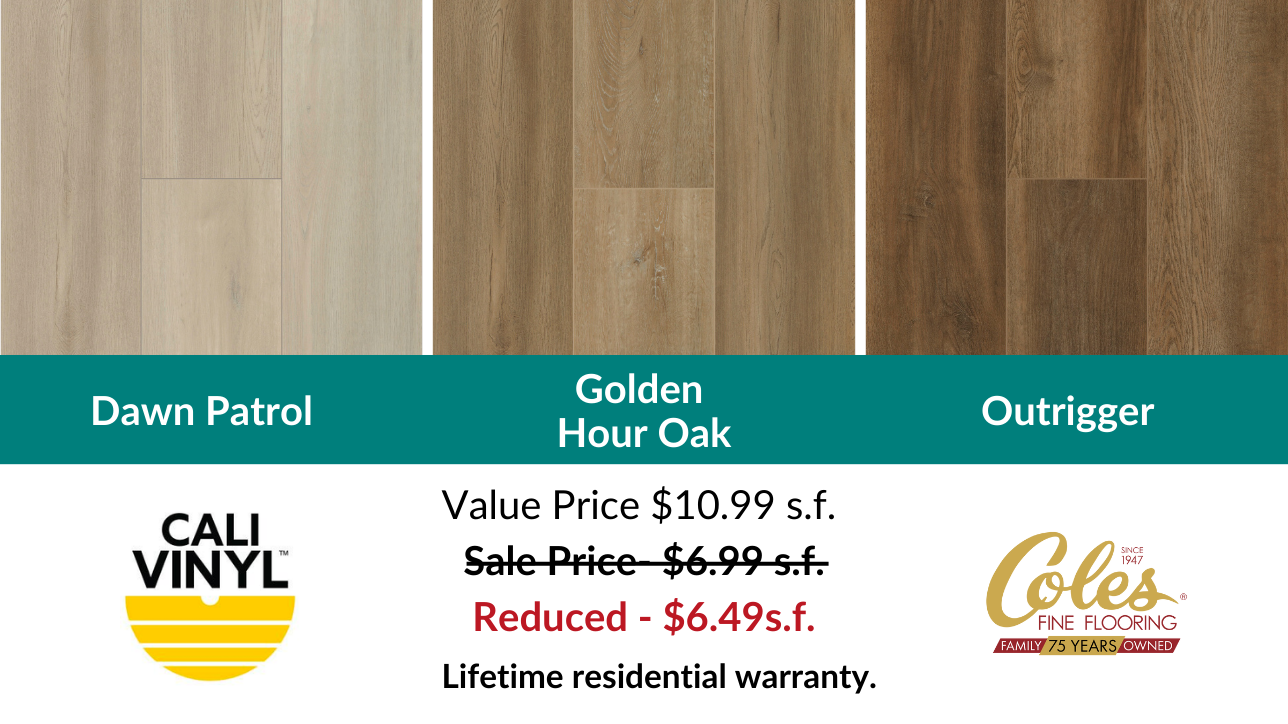If you’ve been shopping for new kitchen counter tops, you know how many options there are today. For most people, the choices often come down to granite or quartz. Two out of five homeowners choose one of these two surfaces, popular due to durability and easy cleaning. If you’re one of those who have whittled it down to granite or quartz, here’s a quick guide to help you decide which counter tops are right for you.
Granite
PROS
Quartz may be relatively new, but granite has been around for ages. It has withstood the test of time and proved itself universally appealing. Sure, colors trends may change, but in general you can’t go wrong with granite as a long-term investment. It also helps raise property values when it comes time to sell your home.
Though it comes in all shapes and sizes, it is common to find slabs of granite wider than 70 inches, while quartz slabs are rarely larger than 65 inches wide – usually closer to 56”. Wide slabs are a preferable for kitchens with sprawling surfaces since they usually mean fewer seams. Some kitchens may need only one slab, which can help cut costs.
Speaking of costs, believe it or not, granite has more budget-friendly options than quartz does. Entry-level granite can run from $35 to $55 per square foot installed, which is significantly less than most quartz options. The price difference adds up quickly with larger kitchen spaces.
Since granite counter tops don’t come from a factory, it comes with all kinds of design elements a man-made product like quartz can never have, most notably, unique patterns and textures right out of nature. Every slab is one-of-a-kind, which really adds that personalized touch to your kitchen.

CONS
Just like other stones, granite is porous, which means it isn’t naturally resistant to moisture. Spills and water rings that sit too long have the potential to cause stains. An engineered product like quartz can handle long-term exposure to moisture better, and most spills won’t require immediate attention.
Granite isn’t exactly a high-maintenance material, but it does require more care than quartz. Certain soaps can stain the stone, so it’s important to pay attention to the detergents you use to clean it. Because it’s porous, it also needs to be sealed regularly, which can become a nuisance for some homeowners. Depending on the product you use, it’s best to reseal your granite countertops every two to five years.
From veins and swirls to spots and speckles, granite has a lot of character to it. This is definitely one of its stronger attributes, but it can also a negative for those who don’t want busy countertops. If you’re looking a clean, simple style without much pattern, quartz is probably a better option for you.
Granite is very strong, but quartz is stronger. Granite breaks far more easily than quartz does. Breaks can occur in larger pieces with angles and turns during installation.

Quartz
PROS
Quartz is incredibly low-maintenance. It’s well-equipped to handle most kinds of detergents, and just soap and water will remove most spills and stains. It doesn’t require sealing either.
Quartz does react poorly with some chemicals though, so always make sure to check your counter top manufacturer’s cleaning and maintenance guide before you use a particular product.
Quartz isn’t totally immune to scuffs and stains, but it’s stronger than natural stone, so it’s about as scratch- and stain-resistant as they come. Since it’s an engineered product, it’s nonporous, most common kitchen ingredients won’t stain it. The resins and polymers used during the manufacturing process form strong bonds that aren’t easy to break, meaning there is a much smaller risk of cracking during installation.
Whether it’s the universal shift toward clean lines or a desire for more easy-maintenance materials, quartz is very popular right now. It’s a huge selling point for home buyers, so it’s worth taking a look at if selling may be in your future. Quartz that is priced right could net a larger return on investment in the near future.
Those that don’t like the busier patterns of granite will enjoy the consistent, clean styles quartz is known for. It’s a natural fit in modern and contemporary spaces that emphasize form and function over details. It is also perfect for traditional spaces that need a clean counter top style to tie all the other more detailed features, together.

CONS
Naturally, with less maintenance and greater strength comes a higher price tag. An entry-level quartz can cost as much as a level two granite. While granite styles under $45 per square foot installed are easy to come by, it’s difficult to find a quartz under $50 per square foot installed.
Unlike granite, it isn’t suitable for outdoor installations. While quartz is generally heat-resistant, it won’t perform well outdoors, whether it’s on an accent wall or in an uncovered outdoor kitchen. Fading and discoloring after long-term exposure to sunlight can occur in quartz, while a natural stone like granite was born to survive sunlight and other weather elements with ease.
Slabs of the same color always look the same. This predictability isn’t always a bad thing, especially when purchasing multiple slabs. But it also means you won’t ever have a truly unique quartz counter top. If you want a one-of-a-kind work surface, it’s best to stick with granite and other types of natural stone surfaces that cannot be replicated.
As durable as quartz is and as innovative as manufacturing processes are becoming, it is not 100 percent natural, which is actually a deal breaker for a lot of people. Granite’s natural beauty, sweeping swirls and gorgeous veining aren’t easy to replicate, even with today’s advanced machinery.














 Prelude Version 2.1
Prelude Version 2.1